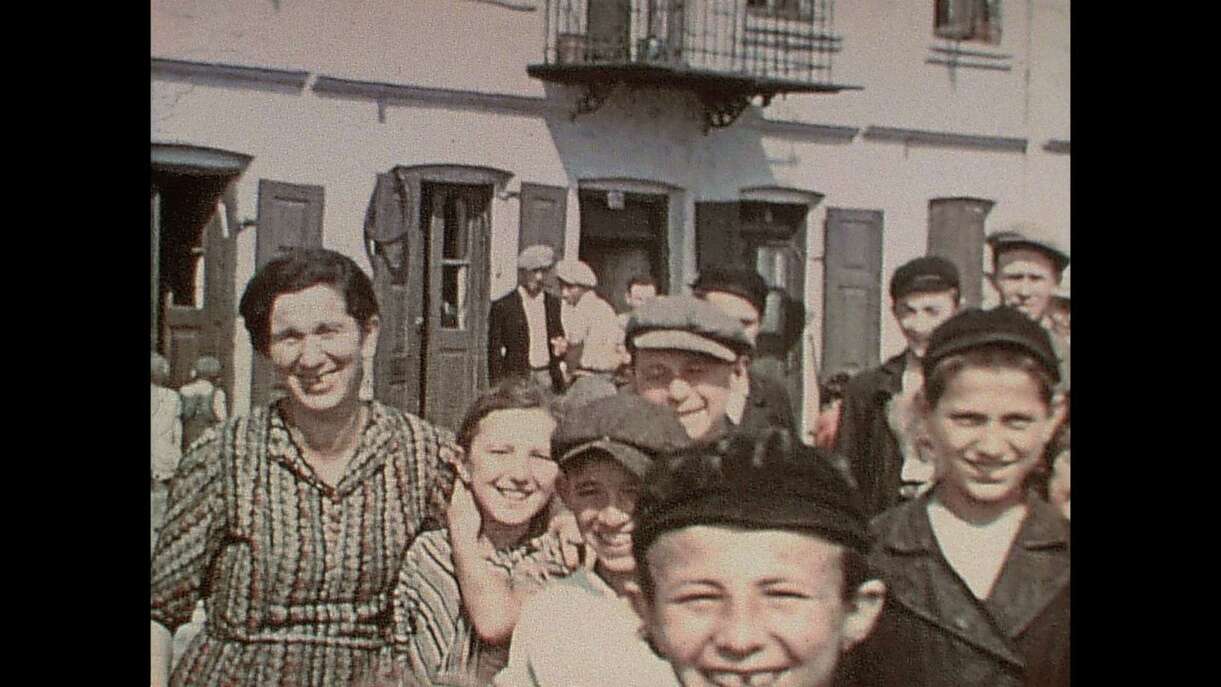 These baskets are traditional Miwok Pine Needle baskets made by Tribal Elder Mildred Burley. PHOTO COURTESY SILVIA BURLEY
These baskets are traditional Miwok Pine Needle baskets made by Tribal Elder Mildred Burley. PHOTO COURTESY SILVIA BURLEY- OUR DIVERSITY: YOKUTS THE FIRST
- TO LIVE IN OUR AREA
Long before Captain Charles Weber realized the value of a port city to serve foothills-bound prospectors, the area we now call Stockton was home to the Northern Valley Yokuts, a segment of the Native American population that lived in present-day California for thousands of years before Europeans arrived.
The
number of Yokuts, whose settlements stretched 250 miles from the juncture of
the Sacramento and San Joaquin rivers to the Tehachapi Mountains, is estimated
at 18,000 to 50,000. In addition, Yokuts’ neighbors included Miwok to the north
and Costanoans, Salinans and Chumash to the west.
The
first people to populate Stockton had their own reason to appreciate the Delta.
In addition to providing fresh water, it produced fish, which were a staple of
their diet, and attracted waterfowl, which also fed them. They gathered acorns
for their food and the endless supply of Tule reeds fed them — they were
ground into meal — and were used in basket making and to cover their
dwellings, which were built on low mounds to protect against floods.
They
were mostly a peaceful people. Their numbers began to dwindle after their first
contact with Europeans. The Spanish arrived in 1769 and from 1805 into the
1820s, the Franciscan priests recruited many of them to the mission system,
taking them to Santa Clara, San Jose, San Juan Batista and San Antonio.
The
Mission system ended in 1834, by which point California had come under Mexican
rule. An epidemic in 1833, probably malaria, took as much as 75 percent of the
native population, and when gold was discovered in 1848, white settlers flooded
into the San Joaquin Valley and carried out a ruthless campaign to drive the
Yokuts off their land.
In
1851, the remaining Yokuts groups ceded their lands to the United States, and
after resistance by Californians was overcome, a reservation system was
established for them in the 1870s.
Today,
more than 7,000 Native Americans live in San Joaquin County. In Stockton, the
population was recorded as 3,086 in the 2010 census.
Stockton
is home to the Central Valley Miwok Tribe, which is working to preserve the
Miwok language and shares its traditions and culture with the San Joaquin
Historical Society at Micke Grove Park, among others. The federally recognized
Tribe is a sovereign nation and conducts government-to-government relations
with the United States.
Its
leader of 15 years, Silvia Burley, has represented the nation in numerous
locations, including the White House, where she shook the hand of President
Obama at the Tribal Nations Conference.
November
is Native American Heritage Month, and the Central Valley Miwok Tribe
celebrated by sharing some of its possessions with the State Indian Museum in
Sacramento and meeting and offering gifts to local leaders, including
Congressman Jerry McNerny and Stockton Mayor Anthony Silva.
Two
annual powwows celebrated the county’s pre-Gold rush history. The Stockton
Community Labor Day Powwow is held on the University of the Pacific campus, and
Three Rivers Lodge in Manteca, which works to preserve its customs and heritage
and promotes health and wellness with programs that address chemical
dependence, domestic violence and other issues, holds an annual powwow in July.
Contact
reporter Lori Gilbert at (209) 546-8284 or lgilbert@recordnet.com. Follow her
on Twitter @lorigrecord.
